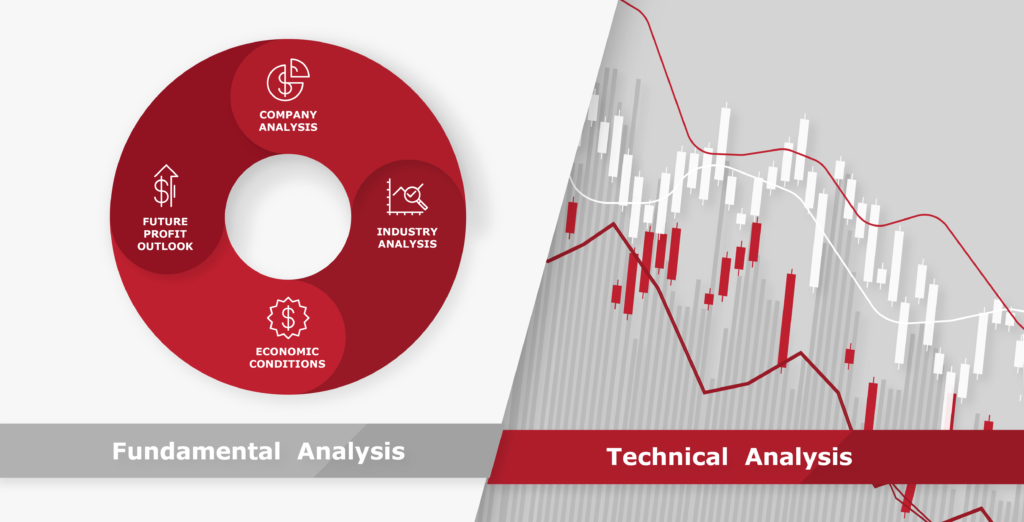Better investing starts with a broader financial perspective.
When it comes to developing investment strategies for our clients, Kanos Capital Management takes a very structured approach. And as our clients will readily attest, we do our homework, leaving no financial stone unturned. All of which aligns nicely with our long-term focus.

Fundamental versus technical analysis
Broadly categorized, there are two basic schools of thought in how market strategies are best developed. Many investors rely on fundamental analysis, in which stocks are evaluated by their intrinsic value. This value is determined by a variety of factors, including a company’s assets (tangible and intangible). Other factors include revenue growth, historical data, financial statements, analyst data, and economic variables such as monetary conditions and industry specifics.
At the other end of the spectrum, technical analysis is the process of evaluating securities through statistical information, such as stock price or volume. Instead of looking at a stock’s intrinsic value, a technical analyst will presume that everything that needs to be known will be factored into the price. To predict the future, the analyst will rely on stock charts to identify patterns and trends from which to extrapolate investment strategies.

Time well spent and a future well earned
Relying exclusively on one methodology can be suboptimal. To presume that a stock price can give you everything you need to know to predict future price movements is too simplistic and, in our opinion, just incomplete. When prices drop or spike erratically, there is often a corresponding reason. Likewise, fundamental analysis alone doesn’t consider factors like trader psychology or money flows, which can have large influences on market movements.
A combined strategy
At Kanos, we consider both. For developing our wealth management investment or divestiture strategies, we primarily rely on fundamental analysis, looking closely at economies, industry sectors, and companies and then using ratios to determine if that company’s numbers are in a historical range. Instead of a red flag, a low price may merely indicate that a particular stock is undervalued, making it an attractive investment.
We use technical analysis to gauge if there is an attractive entry point. We also use technicals to see if prices are signaling good prospects ahead (rising prices) or concern or possible business/economic issues ahead (falling prices). We also tend to try to find the most attractive time technically to exit a position if fundamental factors point us toward exiting a position.
